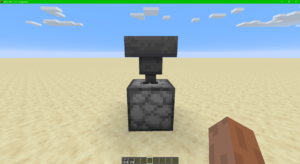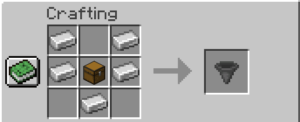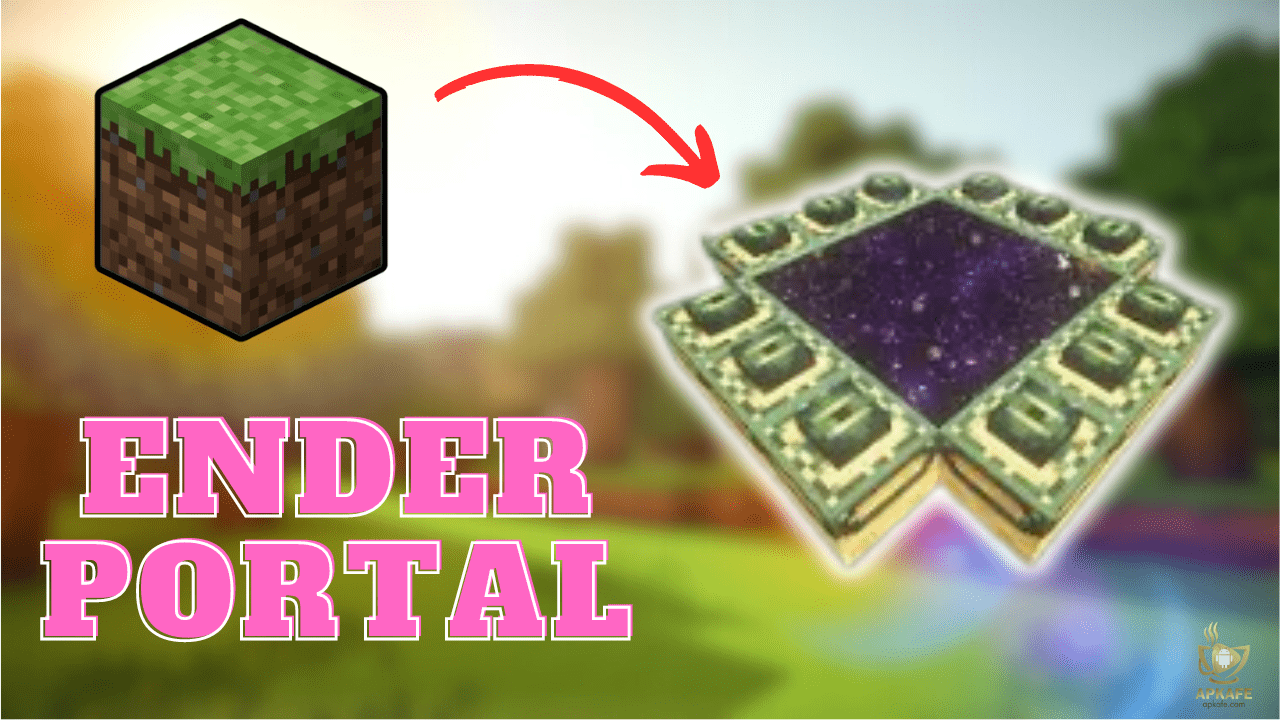Unlock the Secrets of Automating with Hoppers in Minecraft
Are you ready to dive into the world of automation in Minecraft? Hoppers are one of the most essential components for automating numerous processes like item sorting, storage management, and more. This guide will cover everything from the basic hopper Minecraft recipe to advanced applications, helping you streamline your gameplay and increase your efficiency.
Are you ready to dive into the world of automation in Minecraft? Hoppers are one of the most essential components for automating numerous processes like item sorting, storage management, and more. This guide will cover everything from the basic hopper Minecraft recipe to advanced applications, helping you streamline your gameplay and increase your efficiency.

What is a Hopper in Minecraft?
A hopper in Minecraft is a block that can transfer items between containers or into other blocks like furnaces, chests, or brewing stands. It can also pick up items from above it, such as dropped items or those thrown into it by players or other mechanisms. This makes it useful for automation and creating item-sorting systems in various Minecraft builds. Hoppers can be used in conjunction with redstone to create complex contraptions and are essential in many automated farms and item transport systems.
Crafting a Hopper in Minecraft
Ingredients Needed:
– 5 Iron Ingots: Iron ingots are obtained by smelting iron ore in a furnace.
– 1 Chest: Craft a chest using 8 wooden planks arranged in a U-shape on your crafting table.
Crafting Process:
- Open Your Crafting Table: To start, access your crafting table to use the 3×3 crafting grid.
- Arrange the Ingredients:
- Place the chest in the center slot of the grid.
- Position the iron ingots in a ‘V’ shape around the chest. Specifically, place one ingot in the center-left slot, one in the top-left slot, one in the top-right slot, one in the center-right slot, and the final ingot in the bottom-center slot.
- Complete the Crafting:
- Once you arrange the materials correctly, the hopper will appear as the output on the right side of the crafting grid.
- Drag the hopper from the crafting output to your inventory.
Tips and Tricks for Maximizing Hopper Efficiency
Minimize Lag
– Avoid Overflow: Keep your hoppers from constantly checking for items by ensuring they always have something to do or a place to send items. Empty hoppers can cause lag as they repeatedly check for items to pick up or places to send items.
– Use a Comparator: Incorporate a redstone comparator in setups where hoppers are meant to stop when they are empty. This helps prevent hoppers from querying empty slots, reducing lag.
Optimal Placement
– Direction Matters: Always ensure that the hoppers are pointing to the correct block or container. Hoppers transfer items to the block they point to, and misaligned hoppers can lead to unexpected behavior or inefficient setups.
– Vertical Stacking: When possible, stack hoppers vertically. Vertical chains of hoppers are more efficient than those spread out horizontally since items don’t have to travel as far.
Redstone Integration
– Control Item Flow: Use redstone circuits to control when hoppers transfer items. Placing a redstone torch next to a hopper will lock it, preventing it from passing items until you decide otherwise.
– Timing Devices: Implement repeaters and redstone clocks to delay item transfer, allowing for synchronized operations across multiple processes.
Avoid Unnecessary Transfers
– Sort Smart: Use item sorters to direct items into the correct hoppers right away. This reduces the movement of unwanted items and the work that hoppers need to do.
– Bulk Transfer: Whenever possible, transfer items in bulk to reduce the number of transfer events that hoppers need to manage.
Use Alternative Item Transport Methods When Appropriate
– Water Streams: For distances over a few blocks, consider using water streams to transport items. They can move items quickly and efficiently over long distances, with hoppers only placed at the delivery points.
– Minecart with Hopper: Minecarts with hoppers can be a great alternative for moving items across distances where hoppers would be impractical due to their resource-intensive nature.
Maintenance and Monitoring
– Regular Checks: Regularly check your hopper setups for clogs or misplaced items, especially in complex sorting systems where a single misplaced item can disrupt the flow.
– Upgrade as Needed: As your storage needs or automation requirements grow, revisit and upgrade your hopper systems to ensure they remain efficient and capable of handling increased loads.
Common Issues and Solutions with Hoppers
1. Item Jamming
– Problem: Items can get stuck in a hopper due to its transfer rate being slower than the rate at which items are fed into it.
– Solution: You can manage the flow of items using redstone components like comparators or repeaters to delay the input. Additionally, ensuring there is always a free space in the connected container can prevent backup.
2. Directional Errors
– Problem: Hoppers can sometimes point in the wrong direction, causing them to transfer items to an unintended place or simply not function.
– Solution: When placing a hopper, always ensure that the small funnel at its bottom is pointing towards the intended receiver (like another hopper, chest, or furnace). You may need to sneak (hold shift) while placing the hopper to avoid interacting with the target container.
3. Unexpected Item Sorting
– Problem: Sometimes, items do not end up where they are supposed to because of incorrect sorting setups.
– Solution: Double-check your item filter designs and ensure each sorting hopper is correctly configured with the filter items. Ensure there’s an adequate number of filter items to prevent overflow into other categories.
4. Hopper Lock-Ups
– Problem: Hoppers can stop working if they are accidentally powered by adjacent redstone circuits, which locks them.
– Solution: Inspect the area around your hopper for unintended redstone power sources. Redesign your circuitry to prevent cross-talk or use blocks like obsidian to block redstone signals where necessary.
5. Excessive Lag
– Problem: Large networks of hoppers can cause noticeable game lag due to the constant checking for items.
– Solution: Optimize your hopper use by limiting the number of active hoppers. Consider using alternative transport methods like water streams or minecart systems in areas where high throughput is needed but efficiency is a concern.
6. Resource Drain
– Problem: Building extensive hopper systems can quickly use up your iron reserves.
– Solution: Plan your systems carefully to use the minimum number of hoppers necessary. Recycle hoppers from less essential projects if you’re running low on resources, and always be mining for more iron!
7. Hopper Overflow
– Problem: Hoppers can overflow if the container they feed into is full, causing items to back up and possibly despawn.
– Solution: Implement overflow protection in your designs. Use extra storage systems or overflow indicators (such as light-up displays) to alert you when a system is nearing or has reached capacity.
Conclusion:
Hoppers are a game-changer in Minecraft, offering endless possibilities for automation. From simplifying resource management to building complex automated systems, hoppers can do it all. Mastering the use of hoppers will not only make your Minecraft experience more efficient but also more enjoyable.
Ready to level up your Minecraft builds? Start using hoppers today to transform your gameplay! Whether you’re a builder, adventurer, or farmer, hoppers are your key to a more organized and efficient Minecraft world.
User Reviews













